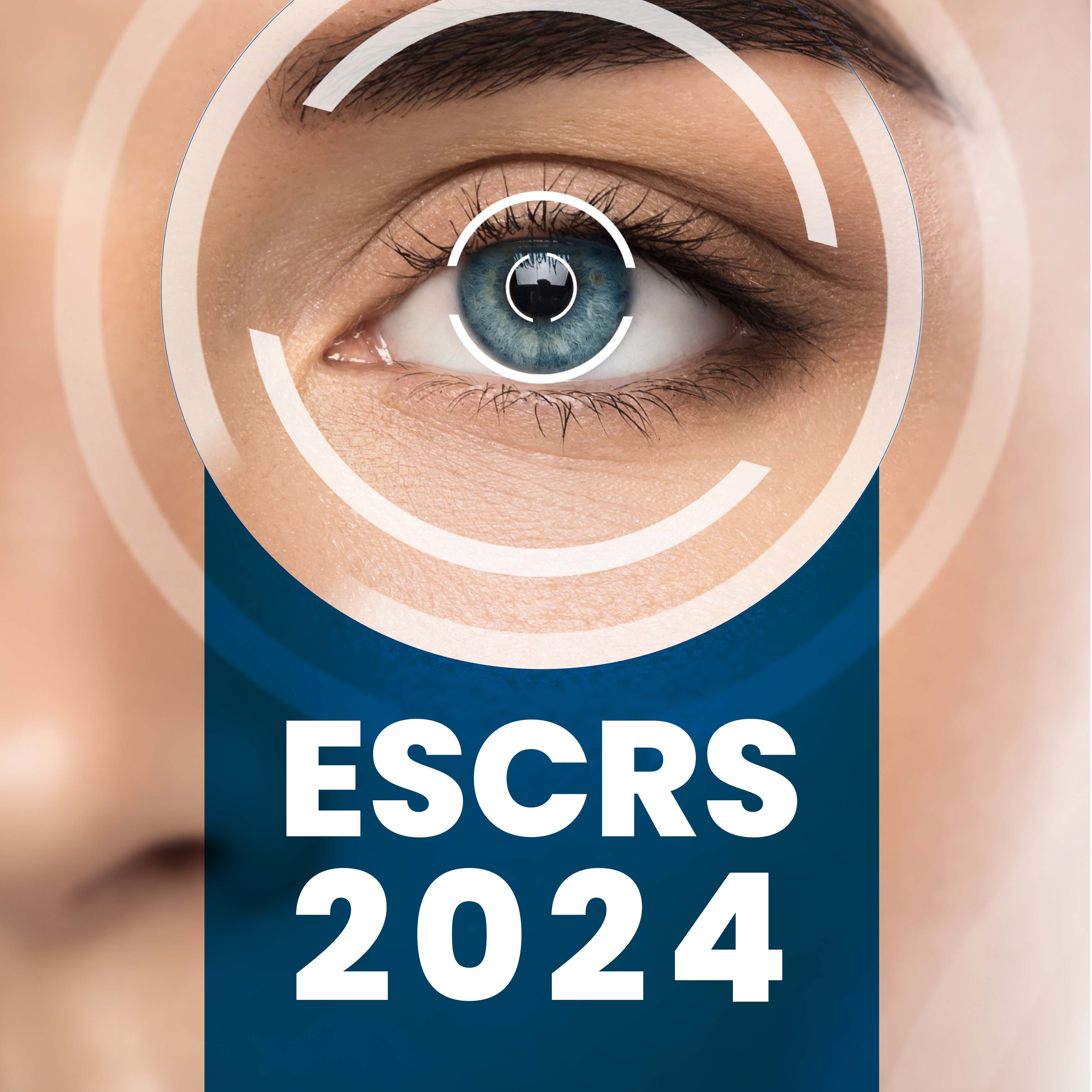ESCRS 2024: Evaluation of Two Hyaluronic Acid-containing Artificial Tears in Patients with Dry Eye Disease Following Cataract Surgery: A Randomized Controlled Study
Speaker: Chi Chin Sun
The study demonstrated that dry eye symptoms are inversely related to patient satisfaction. The Ocular Surface Disease Index (OSDI) scores were notably worse in patients who reported dissatisfaction. However, except for tear break-up time (TBUT), there were no statistically significant differences between the satisfied and dissatisfied patient groups for other parameters. Regarding the incidence of dry eye following surgical procedures, it was observed that a substantial proportion of patients who experienced dry eye preoperatively exhibited a prevalence ranging from 20% to 76%. This prevalence was higher than initially anticipated in real-world settings. The prevalence of dry eye disease in the general population ranged from 9.8% to 55.7%. The incidence of dry eye among patients previously classified as non-dry eye cases was 31.3% one week postoperatively. Most postoperative dry eye cases were transient and predominantly affected female patients. Those with preoperative dry eye symptoms faced a significantly elevated risk of developing postoperative dry eye. A recent study published in the American Journal of Ophthalmology identified that female patients with a history of cataract surgery were more likely to report exacerbated symptoms, indicating a strong correlation between dry eye symptoms and signs. Moreover, a study revealed that, in addition to the demographic factors of being female and having a history of cataract surgery, other conditions such as dry eye disease, diabetes, rheumatoid arthritis, and systemic diseases were positively correlated with ocular surface damage in the studied cohort.
As supported by previous studies, the study aimed to investigate the underlying mechanisms of dry eye disease, which appear to be multifactorial. Studies have proposed that tear film instability, hyperosmolarity, and inflammation are key factors contributing to dry eye disease. Various factors, including preoperative, intraoperative, and postoperative conditions, can influence these mechanisms. Preoperatively, it is crucial to manage topical anesthesia carefully and minimize exposure and desiccation during surgery to prevent potential light toxicity from the operating microscope. Intraoperative inflammation, often exacerbated by existing comorbidities, also plays a significant role. Additionally, factors such as reducing corneal cell density due to using flexible lenses (FLEX) may contribute to the condition. However, nerve transection is considered one of the most critical factors. The Tear Film and Ocular Surface Society Dry Eye Workshop II (TFOS DEWS II) has identified gaps in the current literature, particularly the lack of head-to-head comparisons of artificial tears, which prevents the establishment of conclusive guidelines for their use in dry eye management. In response to these gaps, a study evaluated the efficacy of hyaluronic acid (HA) containing artificial tears. The objective was to compare the effects of high-concentration Hydroxypropyl Guar (HPG) with low-concentration carboxymethyl cellulose (CMC) and HA. Inclusion criteria encompassed individuals with subjective and objective parameters indicative of dry eye disease. The primary outcome measures included corneal fluorescein staining, rose Bengal staining, OSDI scores, Schirmer test results, TBUT, and central corneal sensitivity. Secondary outcomes were also assessed in detail using the criteria provided.
All patients underwent cataract surgery and were evaluated for dry eye development one-week post-surgery. They received treatment for one week and three weeks and were subsequently followed. Results showed no significant differences between groups for secondary outcomes, including the OSDI, Schirmer test, TBUT, and central corneal sensitivity. However, one week after starting treatment, the HPG group exhibited faster corneal recovery than the CMC and HA groups, indicating that HPG-HA artificial tears had superior efficacy. The improvement may be attributed to the higher molecular weight of HPG (1,300 kilodaltons), which enhances ocular surface treatment, and the pH-sensitive nature of HPG, which increases the viscosity of the lubricant eye drops, promoting faster corneal recovery.
Proper management of dry eye in the postoperative cohort is crucial. This includes the use of artificial tear eye drops and maintaining eyelid hygiene. Medications that restore corneal nerves and aqueous production, such as Diquafosol, pigment epithelial-derived factor, and docosahexaenoic acid, are important for optimal recovery. In summary, prevention is essential. Patients with preexisting dry eye or ocular surface disease should be treated aggressively before surgery. Additionally, managing underlying conditions like diabetes and optimizing corneal incision techniques during cataract surgery is critical for improving outcomes.
42nd Congress of the European Society of Cataract and Refractive Surgeons, 6 – 10 September 2024, Fira de Barcelona, Spain.



